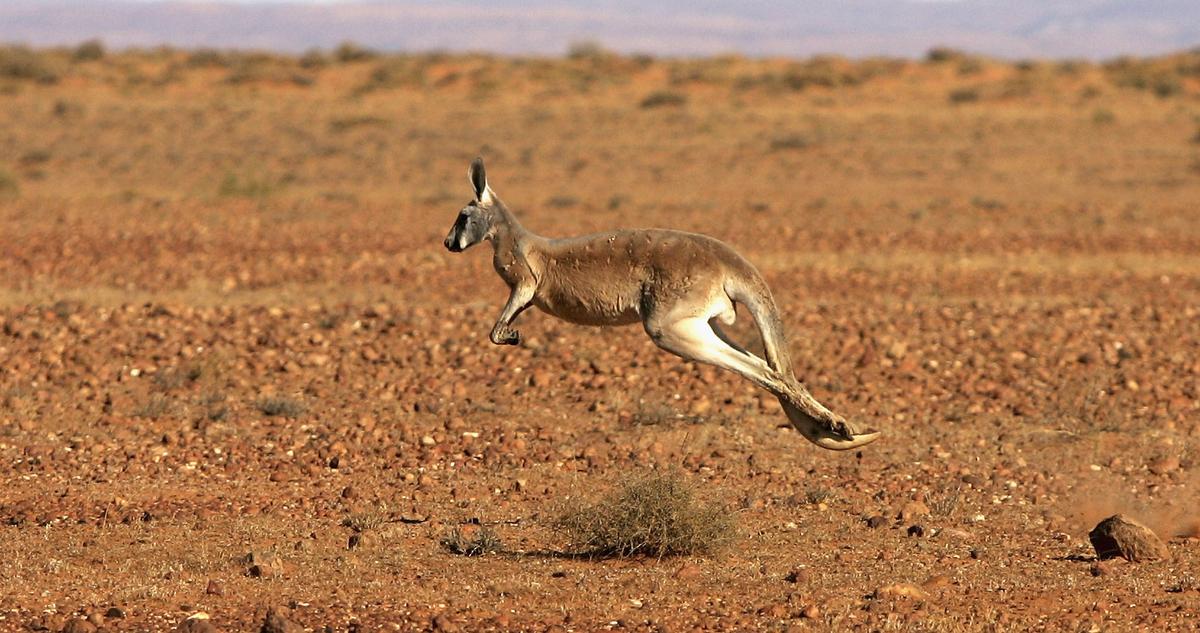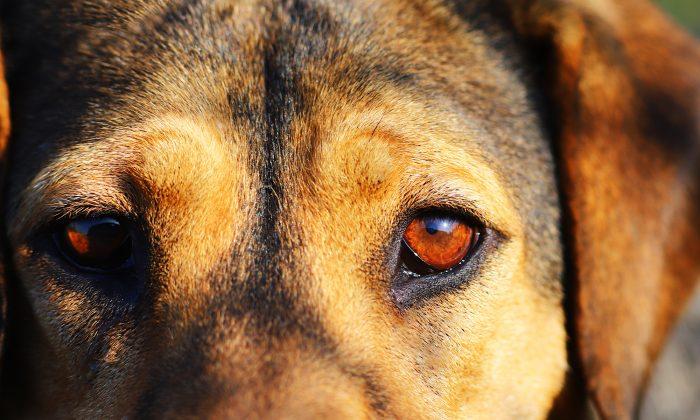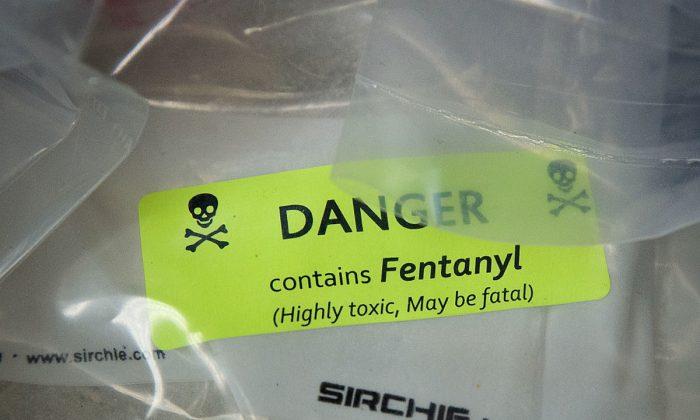“More recently, the drought has probably caused wildlife to go on the move in search of food or water,” he said.
“Other reasons could also be the change in land use and more development.”

Kangaroos and wallabies were among the highest in number in the wildlife road toll, a Camden Council spokesman told the Advertiser.
He explained that “there was usually an increase in the number of native animal carcasses reported to councils” during extended dry periods.
“Animals usually like to graze on rural pastures because the grass is lusher.
“The drought is likely causing animals to come out of the bush into areas where there might be more grass.”
Road Safety Reminder
According to the Royal Automobile Club of Victoria (RACV) website, wildlife are often attracted to the roadside in dry conditions as the grass on their side of the road tend to be more lush because rain water is captured there. Unfortunately for the wildlife, eating near the side of the road comes at a risk.RACV warned drivers there are particular times of the day when there is a greater risk of collision with different animals.
“For kangaroos, the greatest risk periods are around 6am and 6pm. Collisions with wombats peak about 9pm and incidents involving dogs are fairly evenly spread throughout the day from 8am to 10pm,” General Manager Motor Insurance Mark Geraghty said.
The website reminded drivers that the only way to avoid hitting wildlife while driving is to slow down.
One woman hit a kangaroo when she was driving just south of Canberra on May 16.
Cameron Beresford from ACT Emergency Services told the ABC that if a person ever hits an animal on the road, they should call city services to take care of it, and that nothing was more important than the well being of all roadusers.
“It’s a good reminder that if you do hit wildlife when you’re driving, don’t put yourself in danger,” he told ABC Radio Canberra.
“Don’t try to move it off the road yourself, call city services and they'll do it for you.”
Wildlife Carers Urge Drivers to Be Vigilant
Molly Hayward, who works with the Granite Belt Wildlife Carers—a volunteer group that cares for orphaned, injured, and sick wildlife—said she had to euthanise many more animals in the month of June due to this year’s drought.“Yeah it impacts me. I never killed willingly until we became wildlife carers and it was a tough turn.
“But you know they are lying there in so much horrendous pain and basically slowly dehydrating or staving to death you know it is the right thing to do.
“So you suck it up, but you bawl all the way home.”
Haywood told the local paper that she and her fellow volunteers were urging drivers to be more vigilant on the roads.




Friends Read Free